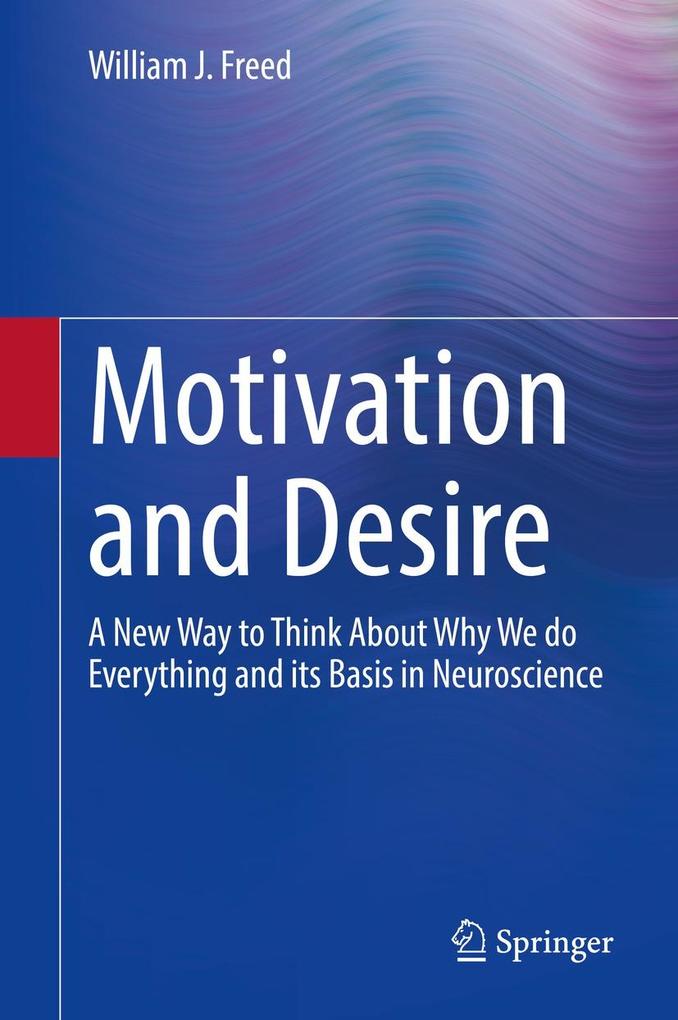Some of our time is spent eating and drinking and some is spent on matters regarding reproduction. Some of us seek fame or recognition while others seek satisfaction internally, with little need for recognition. Some people study for success in a profession, while others might study rocks, birds, or French literature for no apparent reason other than to know about it. Why are we motivated to engage in so many apparently unrelated activities?
This book places our various activities into categories, thus providing a framework for understanding how everything that we do fits together and is based on brain mechanisms. Disturbances in motivation play important roles in autism, depression, Parkinson's disease, and addiction. Understanding the motivational aspects of these disorders can help to inform our approach to these conditions. This book may be of value for students in psychology, counseling, management, andanyone who is interested in understanding our daily behavior.
Inhaltsverzeichnis
Introduction. - PART I: A Classification Scheme for Motivation. - Chapter 1: Reward, Punishment, Desire, Pleasure, and Terminology. - Chapter 2: A Classification Scheme. - Chapter 3: Type A Motivation: Biological Needs. - Chapter 4: Type B or Social Motivation. - Chapter 5: Type C Motivation: Growth and Development of Cerebral Organization. - Chapter 6: Long-Term Executive Function. - Chapter 7: Relevant Concepts from Motivational Psychology. - Chapter 8: Altruism. - Chapter 9: Are Different People Motivated Differently? . - PART II: Brain Mechanisms and Disorders. - Chapter 10: Biology of motivation, dopamine, and brain circuits that mediate pleasure. - Chapter 11: What Electrical Stimulation of the Brain Tells Us About Motivation. - Chapter 12: How the Brain Signals Reward. - Chapter 13: Type C Motivation in Rats. - Chapter 14: Type C Motivation in Humans. - Chapter 15: Brain Mechanisms Related to Social and Reproductive Behavior. - Chapter 16: Parkinson s Disease. - Chapter 17: Addiction. - Chapter 18: Depression and Other Forms of Mental Illness. - Chapter 19: Conclusions.






































